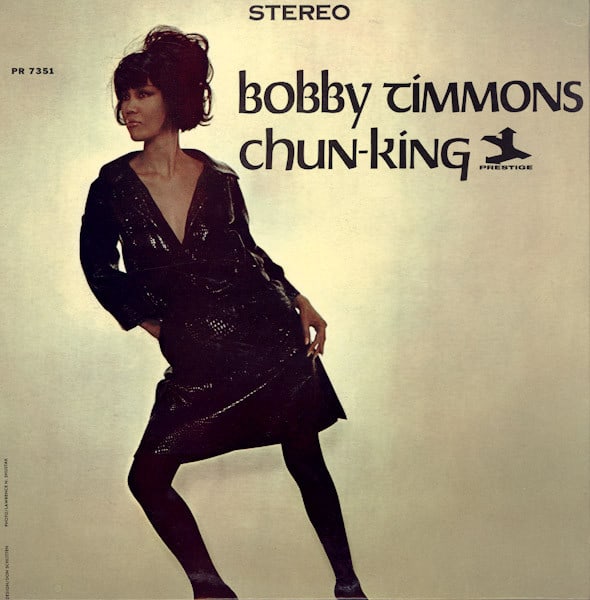
Bobby Timmons: The Soul of Jazz
Bobby Timmons may not be a household name like Miles Davis or John Coltrane, but his contributions to the soul jazz movement are nothing short of foundational. As a pianist, composer, and key figure in shaping the genre, Timmons’ music bridged the gap between gospel, blues, and jazz, offering a sound that resonated deeply with both jazz aficionados and casual listeners. His work, particularly in the late 1950s and early 1960s, defined the soul jazz style and helped bring jazz to a broader audience. Yet, despite his profound influence, Timmons remains an underrated figure in jazz history—a fact that deserves reassessment.
A Soulful Legacy: The Compositions That Shaped Soul Jazz
Bobby Timmons’ most significant impact on jazz can be seen in his compositions, which became anthems of the burgeoning soul jazz genre. His tunes “Moanin’,” “This Here,” and “Dat Dere” stand as pillars of the soul jazz repertoire, with their infectious rhythms, gospel-infused melodies, and simple yet powerful structures. These compositions didn’t just influence his peers; they became staples in the jazz world, performed by countless musicians and solidifying the genre’s identity.
One of his most famous compositions, “Moanin’,” was featured on Art Blakey and the Jazz Messengers (1958). This track, with its call-and-response phrasing and bluesy gospel undertones, captured the essence of soul jazz. It is a piece that swings while remaining deeply emotional, reflecting Timmons’ ability to distill complex feelings into digestible, soulful melodies. “Moanin’” wasn’t just a jazz standard—it was a declaration of a new sound, one that embraced the spiritual roots of African-American musical traditions while still allowing for improvisational freedom.
Similarly, Timmons’ composition “Dat Dere,” written during his time with Cannonball Adderley, exemplifies his ability to fuse gospel and jazz into a joyful, exuberant groove. The piece became an audience favorite, with its catchy rhythms and bright piano lines. As Timmons himself once remarked, “I wasn’t thinking about any movement, really—I just played what I felt. I think people heard the gospel and blues in it, and that became the soul jazz sound.”
The Sound of Soul Jazz: Live Performances and the Power of Groove
Timmons’ role in shaping soul jazz wasn’t limited to his compositions. His live performances were renowned for their energy, rhythmic intensity, and improvisational flair. During his time with Cannonball Adderley’s Quintet, he performed regularly at the Jazz Workshop in San Francisco, where his composition “This Here” became an instant hit. Audiences were captivated by his powerful right-hand technique, which often drew comparisons to early jazz pianists like Fats Waller. His live performances not only showcased his technical prowess but also embodied the spirit of soul jazz—a genre that was as much about feeling and groove as it was about complexity.
While playing with Art Blakey’s Jazz Messengers, Timmons found the perfect outlet for his soulful, gospel-influenced sound. Blakey’s hard-driving rhythms provided the ideal backdrop for Timmons to weave his intricate piano lines. Together, they created music that resonated with listeners, offering a spiritual and accessible experience. This period of collaboration remains one of the defining eras of soul jazz, with Timmons at the heart of its creation.
Soul Jazz as a Movement: Bridging the Gap Between Jazz and the Mainstream
Bobby Timmons’ contributions to soul jazz were not only artistic but also cultural. At a time when jazz was evolving in multiple directions—some more avant-garde, others leaning toward popular appeal—Timmons managed to walk the line between the two. His music was sophisticated enough to satisfy jazz purists, yet approachable enough to be played on jukeboxes and radio stations across America. In this sense, Timmons helped make jazz more accessible, bringing it out of the exclusive club scene and into the broader cultural consciousness.
Soul jazz, as a genre, was deeply rooted in the African-American experience. It drew from the church, from the blues, and from the everyday struggles and joys of life. Timmons’ music, with its blend of sacred and secular elements, reflected this heritage. His compositions captured the emotional depth of gospel music while also incorporating the improvisational freedom of jazz. As a result, soul jazz became a genre that spoke to the heart while still engaging the intellect.
Essential Recordings and Timmons’ Legacy
While Timmons worked with some of the most iconic names in jazz—Art Blakey, Cannonball Adderley, Chet Baker, and Sonny Stitt—his own recordings as a leader also showcased his mastery of the soul jazz genre. Albums like This Here Is Bobby Timmons (1960) and Soul Time (1960) demonstrate his ability to craft infectious, groove-based compositions that are as memorable as they are musically rich. On these albums, Timmons explores a range of emotions, from the upbeat energy of “This Here” to the deep blues of “So Tired,” all while maintaining the gospel influence that defined his style.
Chun-Kin (1964), featuring bassist Keter Betts and drummer Albert “Tootie” Heath, highlights Timmons in a tight trio setting. The album is a must-have for collectors and aficionados, offering a more mature, refined take on his signature sound. Tracks like “Chun-Kin” showcase the trio’s tight interplay, with Timmons’ piano mastery driving the group’s dynamic performances.
Despite his profound influence, Timmons’ career was tragically cut short. He passed away in 1974 at just 38 years old, a victim of struggles with substance abuse. His untimely death likely limited his historical visibility compared to other jazz legends with longer careers. Still, his contributions to the soul jazz movement are undeniable. Artists like Horace Silver, Ramsey Lewis, and Jimmy Smith owe much of their success to the groundwork laid by Timmons’ pioneering work.
A Lasting Impact on Jazz and Beyond
Timmons’ influence continues to resonate today. The soul jazz movement he helped shape has inspired generations of musicians, from the fusion sounds of the 1970s to contemporary jazz and beyond. His ability to marry gospel, blues, and jazz into a cohesive, emotionally resonant style set the stage for other musicians to explore the intersections of these genres. Today, his compositions remain essential for understanding the development of modern jazz.
As we celebrate Bobby Timmons, it’s clear that his music deserves to be heard not only as a testament to his talent but also as a cornerstone of a genre that continues to inspire. In revisiting his legacy, we can appreciate the lasting power of his soulful, groove-based jazz—a sound that, like Timmons himself, speaks to the heart of the music and the soul of the listener.
Come On, Now! If you’re looking for a place to start with Bobby Timmons, the album Chun-Kin is a must-listen. From the opening track’s irresistible groove to the masterful interplay between Timmons, Keter Betts, and Tootie Heath, this album exemplifies what made Timmons such a powerful force in soul jazz. Though Timmons may not always share the spotlight with other jazz icons, his work is no less essential—and once you hear it, you’ll understand why his music is timeless.
“Bobby Timmons, a jazz pianist, vibraharpist and composer, died yesterday in St. Vincent’s hospital. He was 38 years old.
Mr. Timmons started studying music at 6 and began his career with Kenny Dorham’s Jazz Prophets in 1956. He played over the years with Chet Baker, Sonny Stitt, Maynard Ferguson, Art Blakey, Cannonball Adderley, and J. J. Johnson.
In the early nineteen‐sixties, he had his own trio and often appeared here and in Washington.
He wrote “Moanin” and “Dat Dere,” among other compositions.
He appeared as one of a quartet of jazz pianists in a program at Judson Hall in 1970, when, according to John S. Wilson, jazz critic of The New York Times, Mr. Timmons gave “a fine, thumping display of righthand figures that sounded for all the world like Fats Waller looming down the straightaway.” (1)
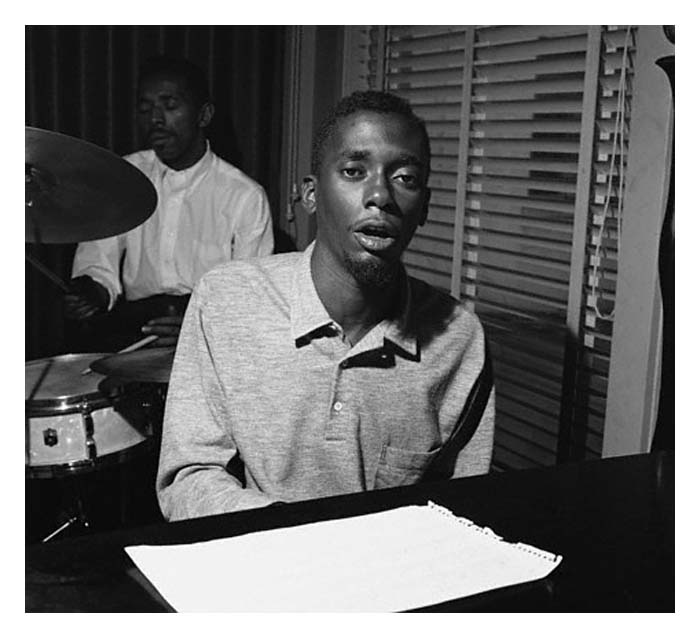
Pianist Bobby Timmons and drummer Philly Joe Jones
during the recording session for
Lee Morgan’s The Cooker album 1957
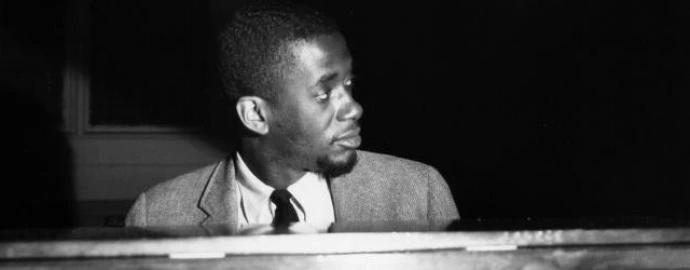
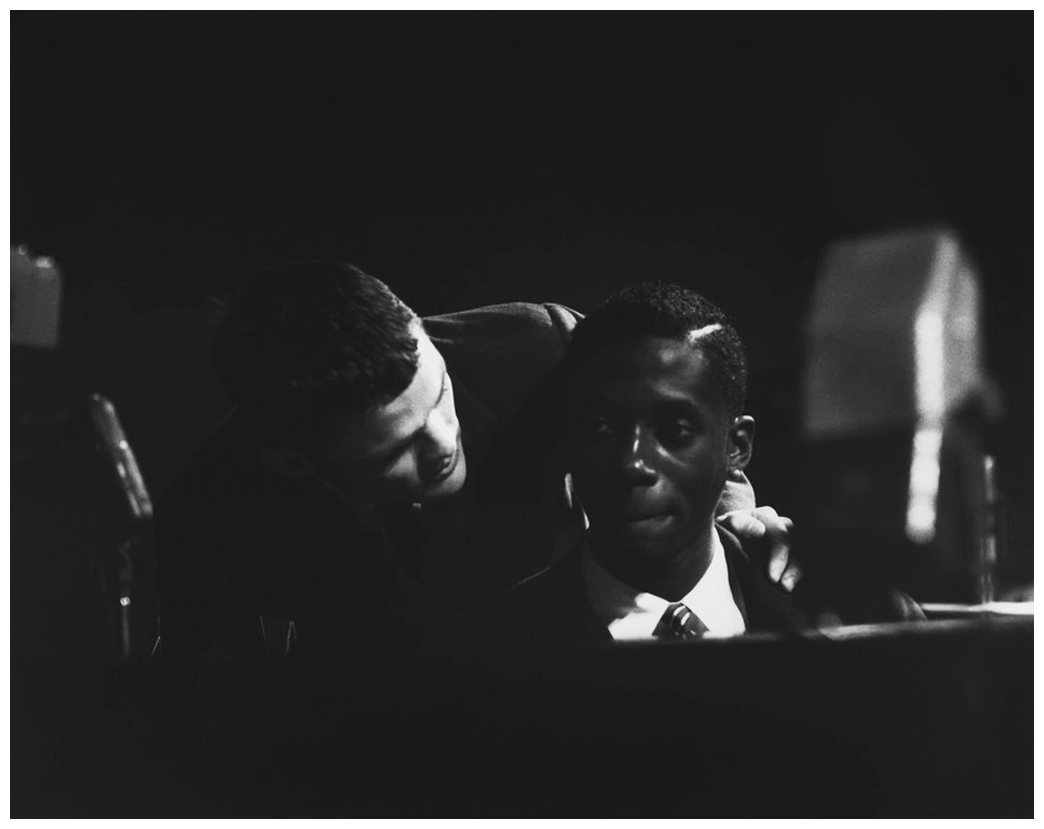
Chet Baker with Bobby Timmons
Los Angeles 1956
Photo Ray Avery
CTSImage
Bobby Timmons – Chun King – JAZZ 60’s
Tracklist: A1 Chun-Kin (Keter Betts) A2 Walkin Death 6:37 A3 O Grand Amour (De Moraes & Jobim) 12:44 B1 Gettin’ It Together’ 19:41 B2 I Could Have Danced All Night (Lerner & Loewe) 26:31 B3 Someone to Watch over Me (G. & I. Gershwin) 32:54
Bobby Timmons (p) Keter Betts (b) Albert ‘Tootie’ Heath (dr)
1964 Recorded: August 12, 1964
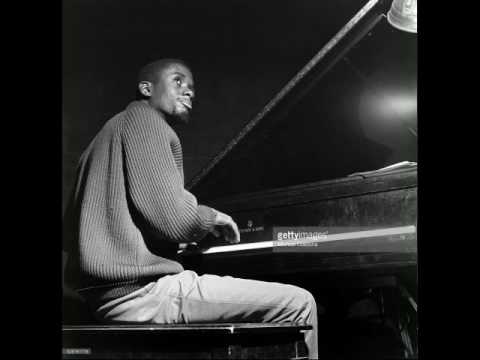
Bobby Timmons – Chun King – JAZZ 60’s
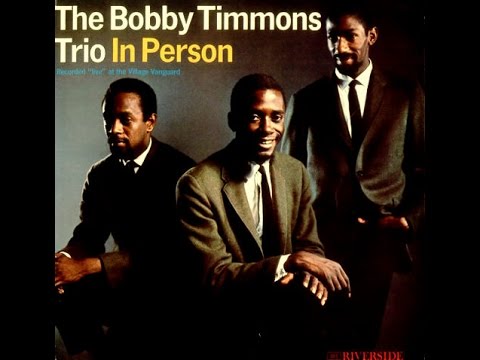
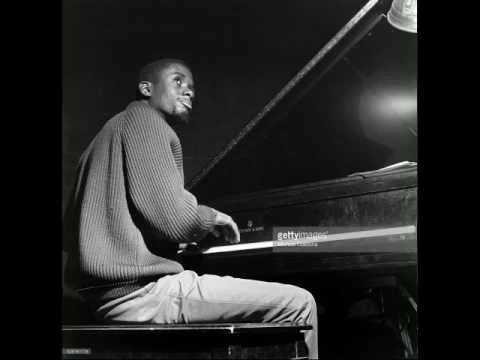
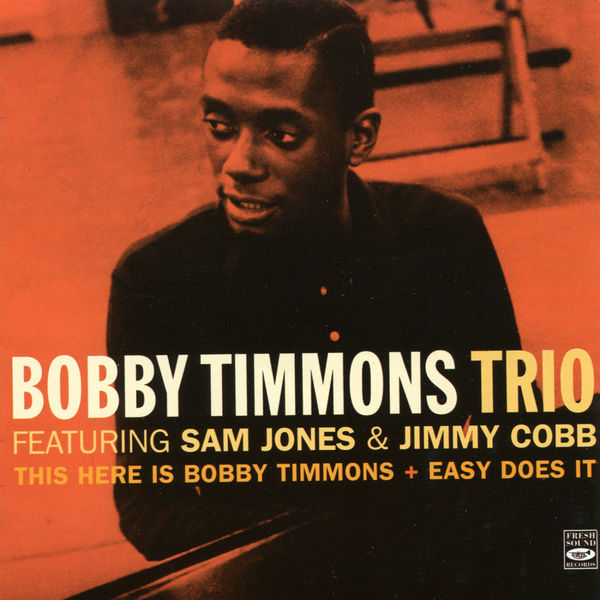
Bobby Timmons The Prestige Trio Sessions
Tracks: 01 A Little Barefoot Soul 00:00 02 Walkin’ Wadin’ Sittin’ Ridin’ 05:08 03 Little One 13:02 04 Cut Me Loose, Charlie 16:58 05 Ain’t Thinkin’ ‘Bout It 21:48 06 Nobody Knows Trouble I’ve Seen 30:40 07 Chun-King 33:07 08 Walking Death 39:44 09 Grande Amor 45:53 10 Gettin’ It Togetha’ 52:48 11 I Could Have Danced All Night 59:39 12 Someone To Watch Over Me 01:06:02
Personnel: Bobby Timmons – Piano Sam Jones – Bass ( Tracks 1-6 ) Keter Betts – Bass ( Tracks 7-12 ) Ray Lucas – Drums ( Tracks 1-6 ) Albert Heath – Drums ( Tracks 7-12 )
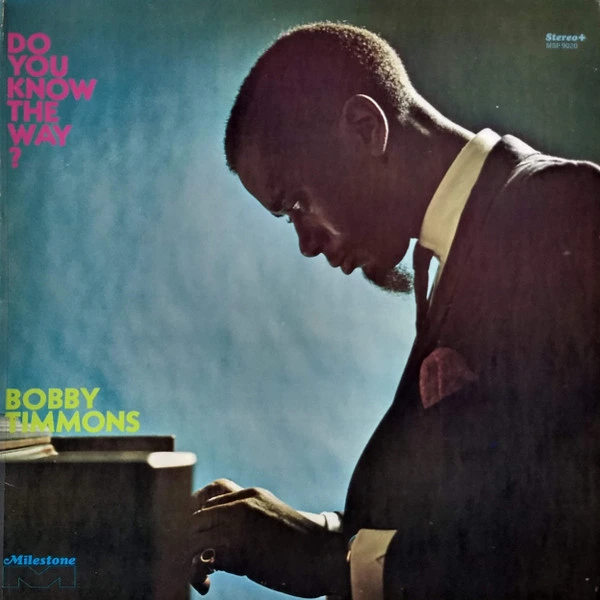
Bobby Timmons – A Little Barefoot Soul
“A Alma Descalça” A descoberta, A Little Barefoot Soul, é o álbum do pianista de jazz americano Bobby Timmons gravado em 1964 e lançado pelo selo Prestige, em junho de 1967 . Tracklist: A1 A Little Barefoot Soul A2 Walkin’, Wadin’, Sittin’, Ridin’ 5:06 A3 Little One 13:00 B1 Cut Me Loose, Charlie 16:55 B2 Ain’t Thinkin’ Bout It 21:43 B3 Nobody Knows The Trouble I’ve Seen (trad) 30:35, Bobby Timmons
